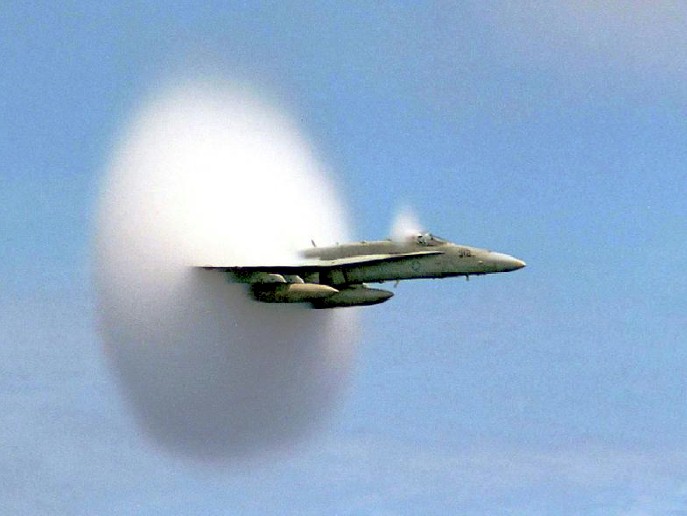What happens when a supersonic airplane flies through a cloud? Will it punch a hole or is it more like a bullet through water (= hole closes immediately after the aircraft has passed)?
Is there some special effect because of the supersonic speed? Or maybe the question should be: Does the airflow around an airplane change when the sound barrier is broken?


